Abdominoplasty
Abdominoplasty
(with or without Liposuction)
As opposed to liposuction, which is typically performed to only remove unwanted fat from relatively skin-tight abdomens, tummies which demonstrate unwanted fat, stretched muscles and loose skin will require some form of abdominoplasty, usually in conjunction with liposuction to achieve the best results. Liposuction alone does not tighten loose skin, but after removing excess skin and fat by adominoplasty, and after tightening the stretched muscles, liposuction can be added to liposculpt the final result.
Mini Abdominoplasty
The recommendation for either a mini abdominoplasty or a standard abdominoplasty is based on the patient’s amount and location of loose skin and muscle. If the primary problem area exists below the belly-button as a small amount of loose skin, the patient may be a candidate for a mini abdominoplasty. A mini abdominoplasty result in tightening of loose muscles above the umbilicus and a shorter incision in the lower abdomen (a little longer than a C-section scar).
Liposuction with BodyTite or Renuvion or short-scar techniques of lower abdominal skin tightening plus liposuction with BodyTite or Renuvion are then utilized to treat any unwanted fat in the remaining trunk areas, such as the waist, which also must be relatively tight.
High Lateral Tension Abdominoplasty
If the patient has experienced stretching of the muscles and has loose skin in the upper and lower abdomen and waist areas, a more standard abdominoplasty is performed. There are two ways of performing a standard abdominoplasty. The older method makes a straighter, longer incision in the lower abdomen, doesn’t incorporate as much (if any) liposuction and doesn’t tighten the waist. This is the method most plastic surgery residents are taught to do.
In the early 1990s a newer method, the High Lateral Tension Abdominoplasty, was introduced. Dr. Samuels pursued additional training to learn this technique and now uses it for most patients who require standard abdominoplasty. This incision is made low in the abdomen where a C-section scar is located. It’s a little longer than a C-section scar but curves up toward the hip bone to allow patients to wear higher French-cut bathing suit styles. More skin tightening is achieved in the front and waist areas of the tummy and in the upper thigh areas. Also, more liposuction is possible in the front and back of the waist than with the older method. The procedure is very popular in Dr. Samuels’ practice, as she is one of the only surgeons in the area who offers this technique. High Lateral Tension Abdominoplasty makes body contouring of the entire trunk now possible in a single procedure.
Abdominoplasty usually takes four to six hours, depending on the extent of work required. The additional time is due to the amount of sculpting that Dr. Samuels is able to perform with liposuction.
The incision usually runs from hipbone to hipbone, and may be a V-cut or U-cut shape so that the scar is hidden in a two-piece bikini. The next incision in made around the belly button, freeing it from surrounding tissue; therefore, the belly button may have a cat’s eye appearance after surgery.
Frequently Asked Questions
A tummy tuck may be performed on an outpatient basis with an extended or overnight stay in our fully Quad A accredited in-suite surgical facility. You must be sure to arrange for someone to drive you home after surgery and stay with you for at least the next day or two. A medication called Exparel is infused over the abdominal wall muscles during surgery to numb the core sit-up muscles which are tightened, and this provides incredibly effective pain control to our tummy tuck patient for at least four days post-operatively.
Often, a general anesthetic is administered so that you are asleep throughout the procedure. A tummy tuck may be performed using local anesthesia and intravenous sedation. When surgery is completed, you will be taken to a recovery area where you will continue to be closely monitored. In many instances, small drain tubes will have been placed within the abdominal tissues to help avoid accumulation of fluids. Gauze or other dressings may be applied to your abdomen and covered with tape or an elastic bandage.
You will be encouraged to take short walks to promote blood circulation the day after surgery. Try not to sit for long periods of time during the first several days and avoid straining, bending and lifting. Our surgical team will instruct you to sleep on your back with a pillow under your knees. Drains will be removed on post-operative days 5-7 and 12-14. Sutures around your new belly button will be removed at the time of the second drain removal, and you will be given a compression garment to support your tummy on the day of the last drain removal. All other sutures except those around your belly button will dissolve on their own. Bruising and some swelling will occur and disappear over a period of weeks. The swelling may take months to subside before you see the final results of your tummy tuck. Even though the incisions from the procedure will heal and fade over time, it’s important to know that incision lines will be permanently visible.
Fortunately, most bathing suits and undergarments usually conceal tummy tuck incisions. You may be able to resume most of your normal activities anywhere from one to three weeks after surgery. Some mild, periodic discomfort may occur; if you experience any severe pains, they should be reported to Dr. Samuels.
During the consultation, Dr. Samuels will ask about the desired results you wish to achieve. If you plan to become pregnant or lose weight, discuss this with Dr. Samuels. Abdominoplasty is designed primarily for patients who are mostly satisfied with their weight but have excess skin and loose muscle around their midsections.
The following conditions might indicate that a tummy tuck is right for you:
- Tightening excess skin to eliminate loose and sagging skin
- Tightening the underlying abdominal muscles to create a firmer abdominal wall
- Removing excess fat to eliminate a protruding tummy
- Maintaining a stable weight, with no plans for future pregnancies
Each year, thousands of women and men undergo successful tummy tuck (abdominoplasty) procedures, experience no major problems and are happy with the results. Significant complications from a tummy tuck are infrequent. However, make sure you understand what surgery involves, including possible risks, complications and follow-up care.
A tummy tuck may pose various risks, including:
- Pain, swelling, and bruising during the first few weeks after surgery
- Visible scarring at the points of incision
- Excess scarring
- Uneven contours may occur in spite of efforts to balance skin and fat removal
- Rippling of the skin
- Fluid accumulation beneath the skin
- Skin loss
- Changes to skin sensation
- Nerve damage
Like any major surgery, a tummy tuck poses a risk of bleeding, infection and adverse reaction to anesthesia. It’s also possible to have an allergic reaction to surgical tape or other materials used during or after the procedure. You can help minimize certain risks by following the advice and instructions of Dr. Samuels and her staff.
Before & After Results
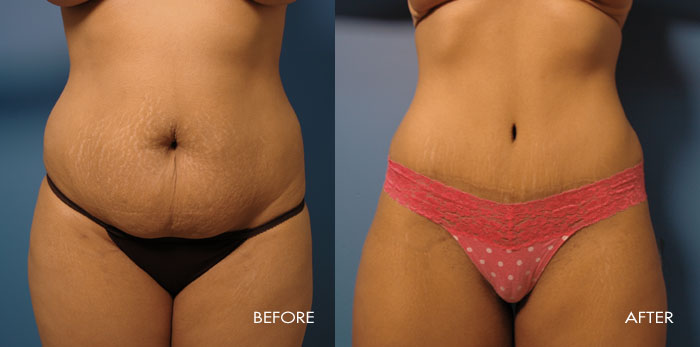

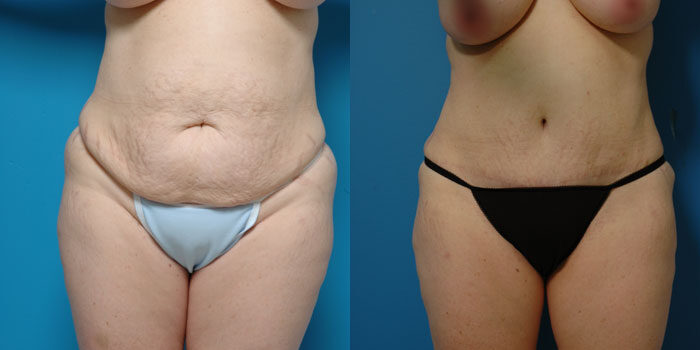


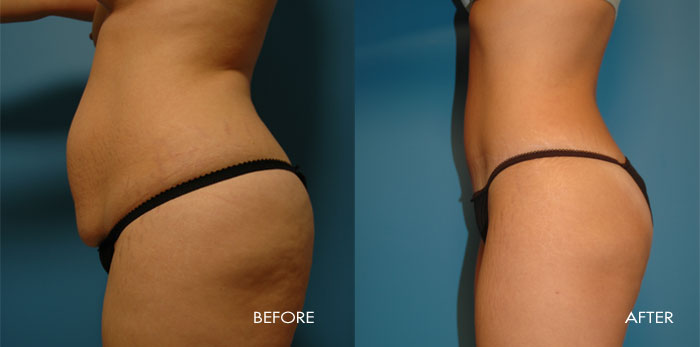

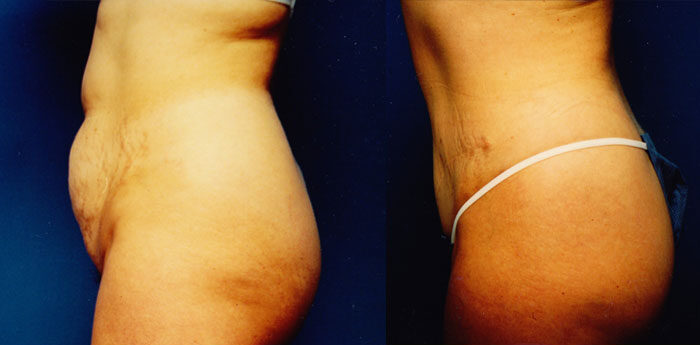
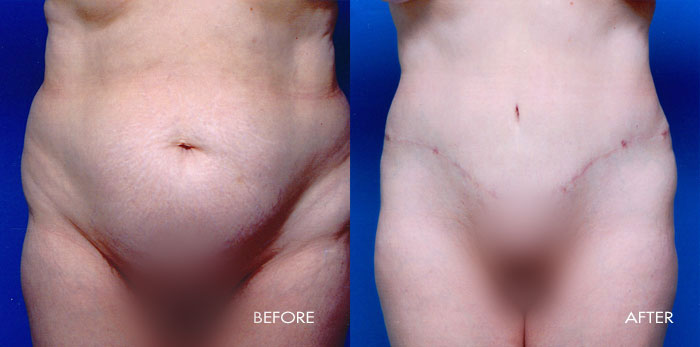
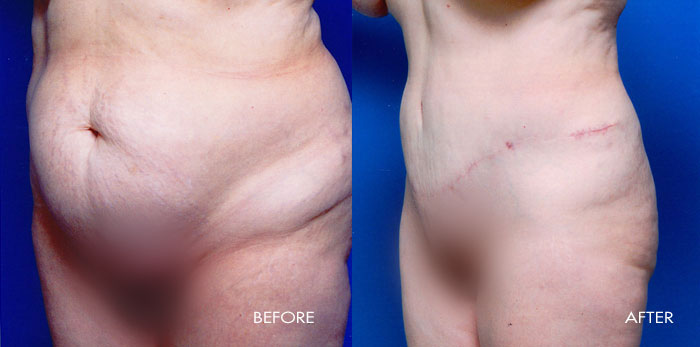
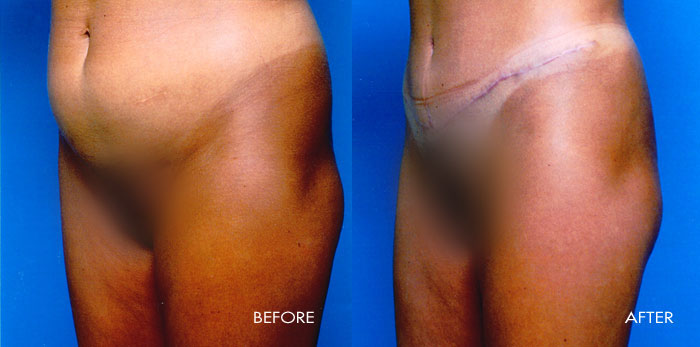

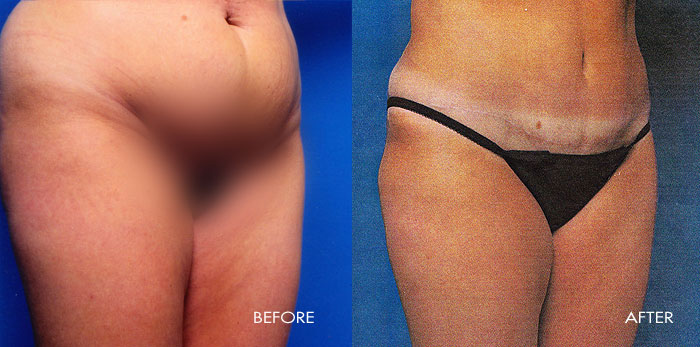

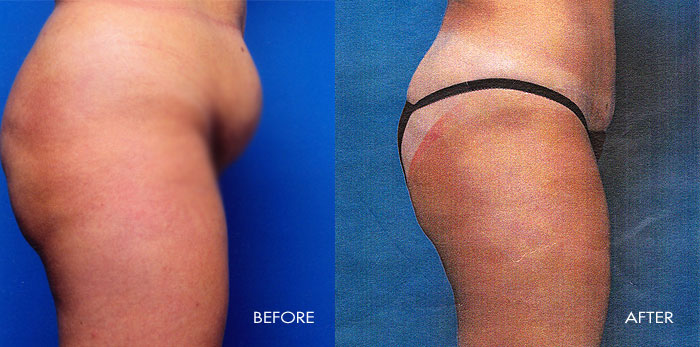
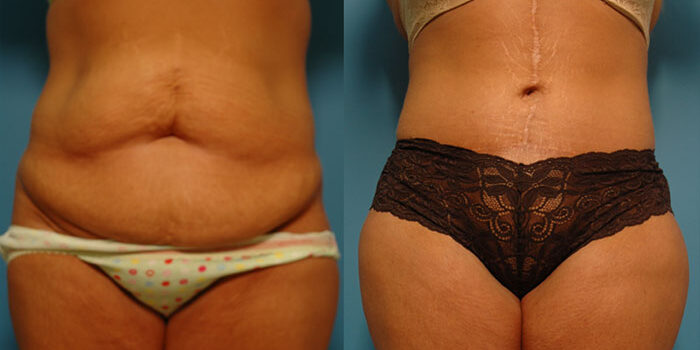

Schedule an Abdominoplasty Consultation
For more information about a tummy tuck or abdominoplasty or to see if you’re a good candidate for this procedure, schedule a consultation with Dr. Samuels at 502-897-9411.
Our practice serves Louisville, KY and the surrounding area.
